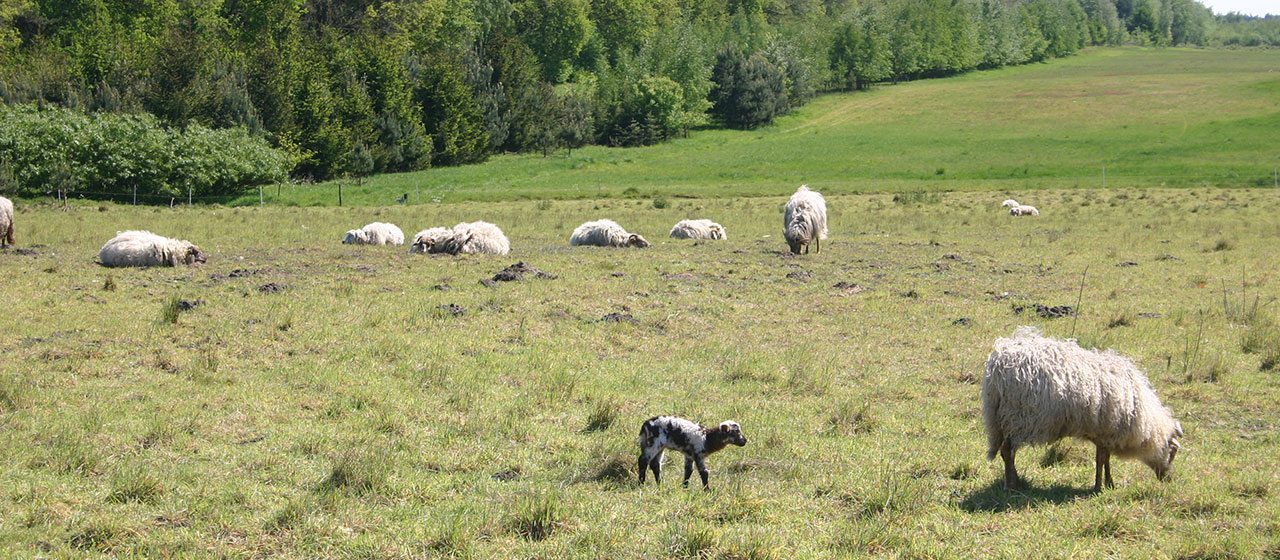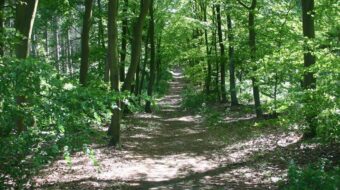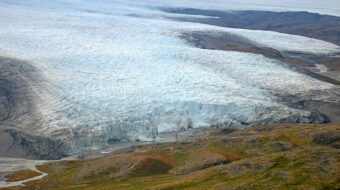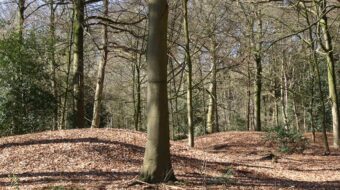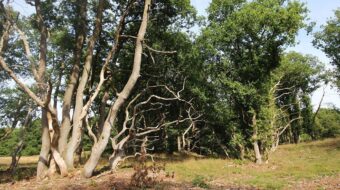A chain of parabolic dunes
The area around Exloo is rich in glacial remains. In the last ice age the land ice did not reach as far as the Netherlands. Even so the temperature hardly rose above zero, even at the height of summer. Only a thin surface layer thawed, the rest of the ground remained frozen. This caused unusual geological phenomena and you can see fine examples in the Hunzebos woods near Exloo. Geologists call these ‘dry valleys’.
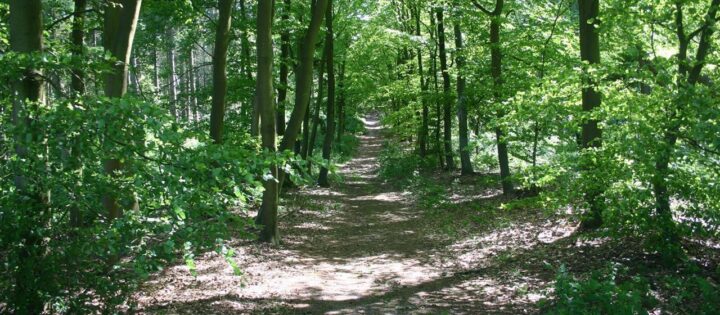
The Leewal
Southwest of Exloo you can find the Leewal, a remarkable but enigmatic ridge curving through the landscape. Recent investigations have shown that the Leewal is most likely a chain of parabolic dunes, consisting of wind-blown sand from the nearby plain of the Molenveld.
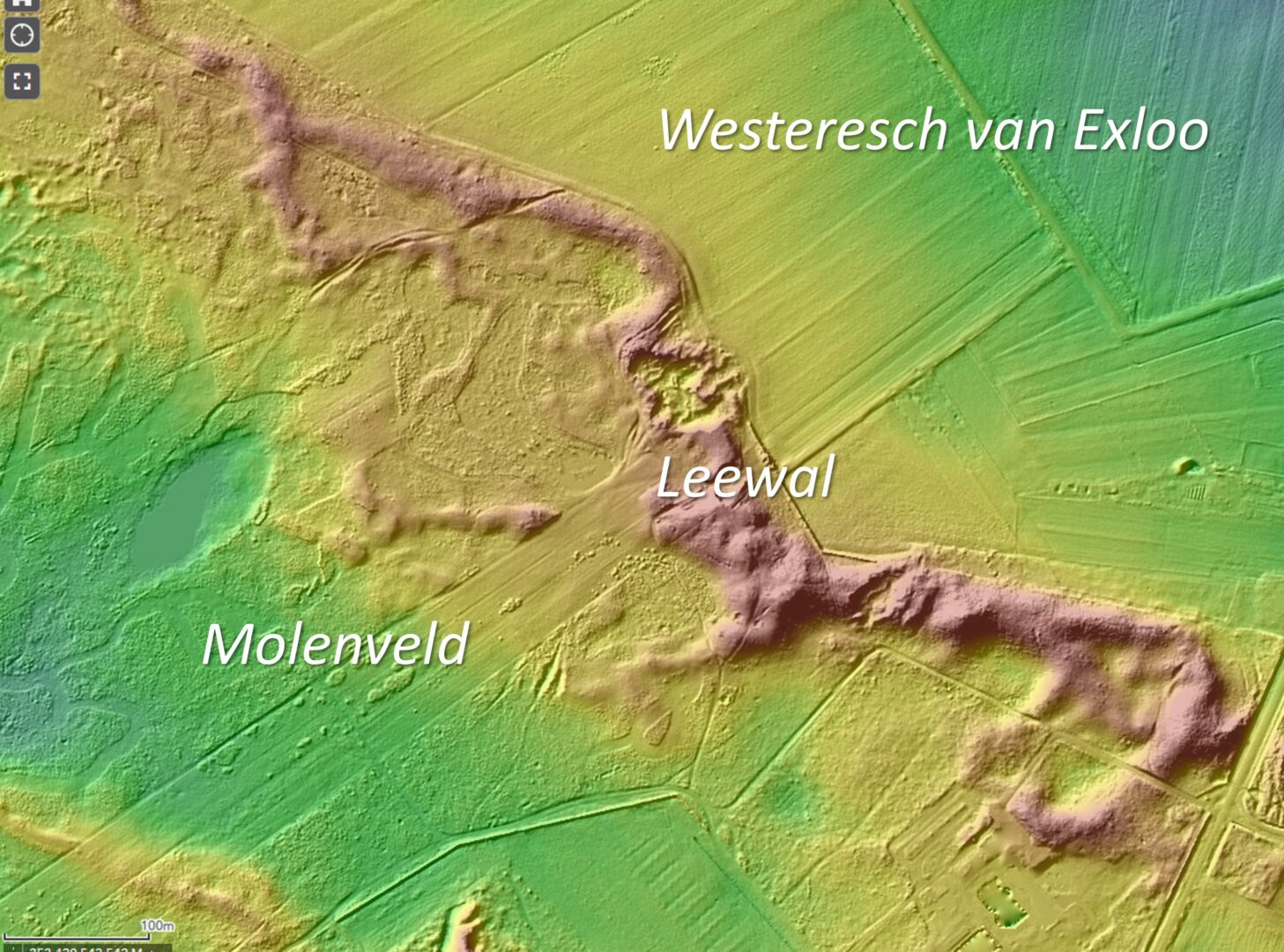
Dry valleys from the last Ice-age
In the summer the snow melted and the topmost layer of earth began to thaw. The meltwater flushed the thawed earth downwards from the eastern slopes of the Hondsrug. Year in, year out the process repeated itself. The valleys became wider and deeper. After the ice age the frost vanished from the ground, the rainwater in the earth subsided and the valleys dried up. Hence the name ‘dry valley’.
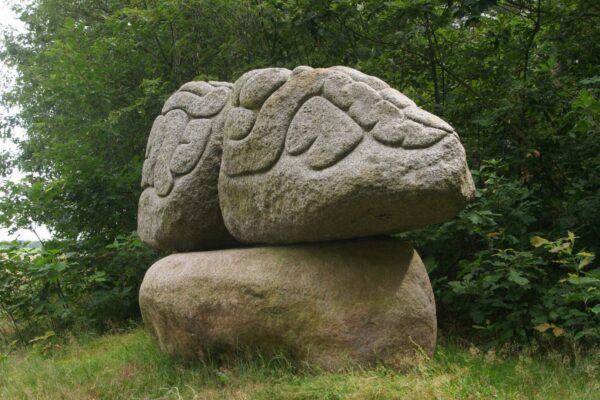
Location data
Coordinates: 52°52’08.4″N 6°52’24.5″E

